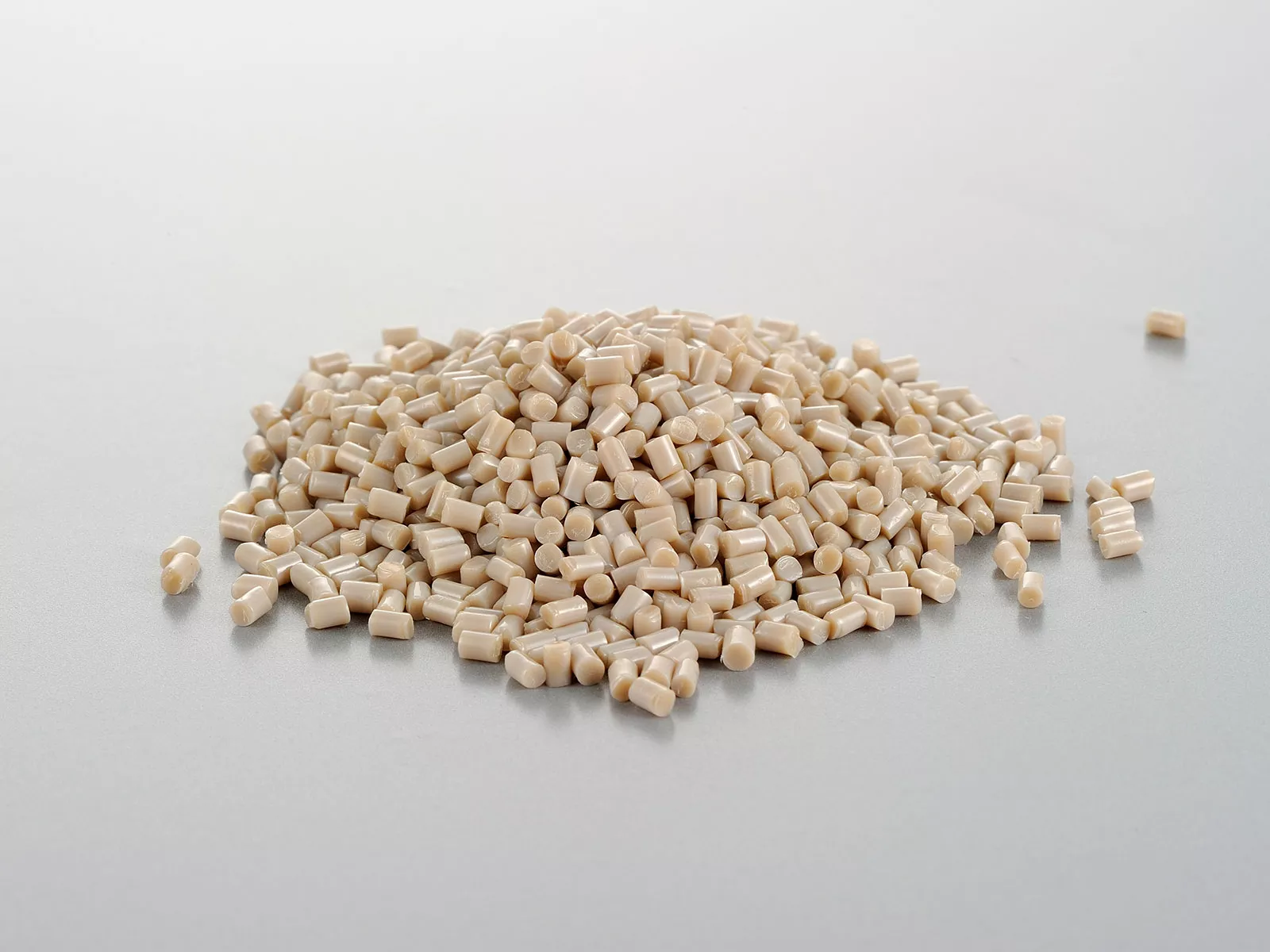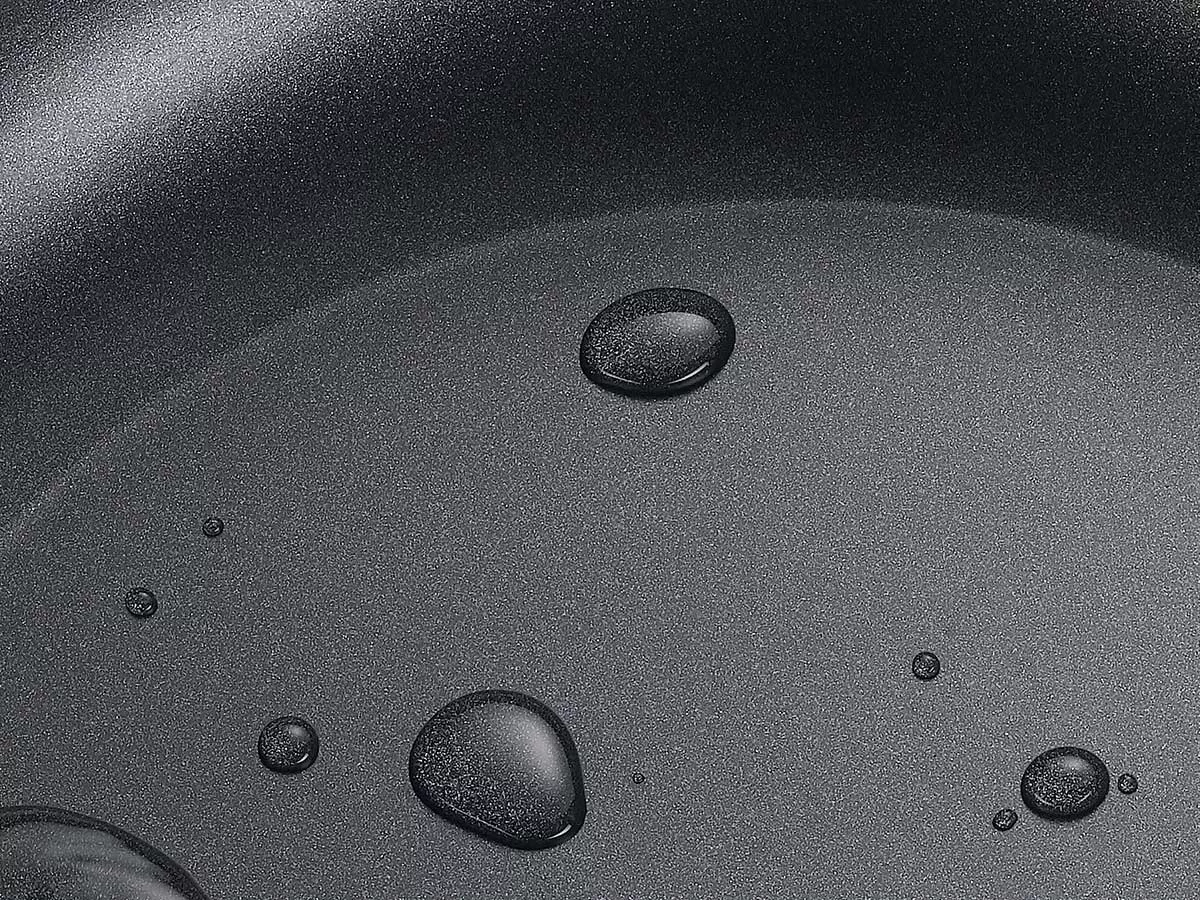Understanding the Basics of Non-Stick Coatings

What Are Non-Stick Coatings Made Of?
Non-stick coatings are special layers applied to cookware to prevent food from sticking. These coatings are often made from materials like PTFE, ceramic, or silicone. Each type has its own benefits and uses:
- PTFE (Teflon): Known for its slick surface, it’s great for frying and baking.
- Ceramic: A newer option that is often considered safer and more eco-friendly.
- Silicone: Flexible and heat-resistant, perfect for bakeware.
Importance of Non-Stick Coatings in Cooking
Non-stick coatings are essential in the kitchen. They help in:
- Reducing the need for oil, making meals healthier.
- Making cleanup easier, as food doesn’t stick.
- Allowing for better cooking results, especially for delicate foods like eggs and pancakes.
Common Types of Non-Stick Coatings
Here’s a quick comparison of common non-stick coatings:
| Type | Durability | Heat Resistance | Eco-Friendly |
|---|---|---|---|
| PTFE | High | Up to 500°F | No |
| Ceramic | Medium | Up to 450°F | Yes |
| Silicone | Medium | Up to 500°F | Yes |
Understanding the basics of non-stick coatings helps you choose the right cookware for your needs. Non-stick cookware is easy to use and clean, as the slick coating helps to keep food from sticking, and it’s easy to clean afterward.
By knowing the different types and their benefits, you can make informed choices in the kitchen!
Choosing the Right Non-Stick Coating for Your Cooking Needs
When it comes to selecting the best non-stick coating for your cooking needs, there are several important factors to consider. Choosing the right non-stick cookware involves understanding the different types of coatings available and how they fit your cooking style.
Factors to Consider When Selecting Non-Stick Coatings
- Durability: Some coatings last longer than others. PTFE is known for its durability, while ceramic may require more care.
- Heat Resistance: Different coatings can handle different temperatures. Make sure to choose one that suits your cooking methods.
- Health Concerns: If you’re worried about chemicals, look for eco-friendly options like ceramic or silicone.
Comparing PTFE, Ceramic, and Silicone Coatings
| Coating Type | Durability | Heat Resistance | Health Concerns |
|---|---|---|---|
| PTFE | High | Up to 500°F | Some concerns |
| Ceramic | Moderate | Up to 450°F | Generally safe |
| Silicone | Moderate | Up to 500°F | Generally safe |
Best Non-Stick Coatings for Different Cooking Methods
- Frying: PTFE is great for frying due to its high heat resistance.
- Baking: Silicone is ideal for baking as it can withstand high temperatures and is flexible.
- Sautéing: Ceramic coatings work well for sautéing, providing a good balance of non-stick properties and heat resistance.
Understanding the different non-stick coatings helps you make informed choices that suit your cooking style and health preferences.
Innovations in Non-Stick Coating Technology
Recent Advances in Non-Stick Coatings
The non-stick coatings industry is experiencing significant growth, with new technologies emerging to enhance performance and durability. Innovations include:
- Textured surfaces that improve scratch resistance.
- Multi-layer coatings that provide better non-stick properties.
- Advanced materials that are more environmentally friendly.
Eco-Friendly Non-Stick Coating Options
As consumers become more environmentally conscious, manufacturers are developing eco-friendly non-stick coatings. These options often exclude harmful chemicals like PFOA and are made from sustainable materials. Some popular eco-friendly choices include:
- Ceramic coatings: Free from PTFE and PFOA, offering a safer alternative.
- Silicone coatings: Flexible and heat-resistant, ideal for bakeware.
Future Trends in Non-Stick Coating Technology
Looking ahead, the non-stick coatings market is expected to continue evolving. Key trends include:
- Smart coatings that change properties based on cooking conditions.
- Biodegradable options that reduce environmental impact.
- Enhanced durability to withstand higher temperatures and more rigorous use.
Understanding these innovations helps consumers make informed choices about their cookware. The market value projected to rise from USD 1,475.42 million in 2022 to USD 2,720.47 million by 2031 reflects the growing demand for better non-stick solutions.
Applying Non-Stick Coatings to Cookware
Surface Preparation Techniques
To ensure a successful application of non-stick coatings, the surface of the cookware must be thoroughly cleaned. This involves:
- Removing any oil, grease, or dust.
- Using an abrasive pad or a chemical degreaser for effective cleaning.
Proper surface preparation is crucial for adhesion.
Coating Application Methods
The application of non-stick coatings typically follows these steps:
- Priming: A primer, often ceramic, is sprayed onto the cleaned surface to help the non-stick coating adhere.
- Curing: The primed cookware is heated in an oven to harden the primer.
- Coating: A liquid non-stick coating, like PTFE, is evenly sprayed onto the primed surface in several thin layers.
- Final Curing: The cookware is heated again to cure the non-stick coating, ensuring durability.
- Cooling: Slow cooling is essential to prevent damage to the new coating.
- Inspection: The final product is checked for defects and tested for quality.
- Packaging: Once approved, the cookware is packaged for sale.
Quality Control and Inspection Processes
Quality control is vital in ensuring that the non-stick coatings perform well. This includes:
- Inspecting the surface for any defects.
- Testing the durability of the coating to ensure it meets safety standards.
The process of applying non-stick coatings is intricate and requires attention to detail to ensure the best results.
By following these steps, manufacturers can create high-quality non-stick cookware that meets various cooking needs.
Maintaining and Caring for Non-Stick Cookware

Proper Cleaning Techniques
To keep your non-stick cookware in great shape, cleaning is key. Here are some steps to follow:
- Let the cookware cool down after use. This prevents warping.
- Use gentle dish soap and warm water to wash it. Avoid harsh scrubbers that can scratch the surface.
- For tough spots, allow the liquid to cool before washing out the pan again with gentle dish soap and warm water. This should take care of any remaining grease or debris that might stick.
Avoiding Common Mistakes
Here are some common mistakes to avoid:
- Using metal utensils: Stick to wooden or silicone tools to prevent scratches.
- Cooking at high heat: Non-stick pans work best at medium or low temperatures.
- Not using oil: Rubbing non-stick pans with a teaspoon of oil before and after using can help to protect their surface and maintain their coating; cook with fats such as butter or oil to enhance non-stick properties.
Extending the Lifespan of Non-Stick Coatings
To make your non-stick cookware last longer, consider these tips:
- Store pans carefully to avoid stacking them without protection.
- Regularly check for scratches or damage and replace if necessary.
- Avoid using cooking sprays that can leave a residue.
Keeping your non-stick cookware in good condition not only makes cooking easier but also ensures healthier meals. Proper care can significantly extend the life of your pans!
The Science Behind Non-Stick Coatings

Chemical Properties of Non-Stick Coatings
The non-stick features of cookware come from some fascinating science. Polytetrafluoroethylene, commonly known as Teflon, is one of the most popular materials. It has special chemical bonds that make it very smooth and slippery. This means that food, oil, and water have a hard time sticking to it.
How Non-Stick Coatings Work
Different non-stick coatings work in various ways:
- Chemical Inertness: The slippery bonds stop food from sticking.
- Hydrophobicity: This means it repels water and oil.
- Reduced Surface Contact: Tiny holes in the coating help minimize how much food touches the pan.
- Smoothness: A smooth surface means less friction, allowing food to slide off easily.
Troubleshooting Non-Stick Issues
Understanding how these coatings work helps you choose the right one for your cooking. If food does stick, knowing the science can help you fix the problem. For example, if you notice sticking, it might be due to scratches or using the wrong utensils.
The science behind non-stick coatings is not just about convenience; it also helps in making healthier meals with less oil.
In recent research, the University of Córdoba developed a new method to test non-stick cookware. They found that while Teflon has excellent non-stick properties, newer ceramic coatings are more resistant to scratches and heat. This research is important for finding safer alternatives to traditional coatings, especially considering health and environmental concerns.
Customizing Non-Stick Coatings for Specialized Cooking

Tailoring Coatings for Specific Recipes
Customizing non-stick coatings can enhance cooking experiences. Different recipes may require unique properties from the coating. For example:
- High-heat cooking: Use coatings that can withstand higher temperatures without breaking down.
- Baking: Opt for coatings that provide excellent release for baked goods.
- Delicate foods: Choose coatings that are gentle on food to prevent tearing or sticking.
Custom Non-Stick Solutions for Professional Kitchens
In professional kitchens, the need for specialized non-stick coatings is crucial. Here are some options:
- Custom formulations: Tailored coatings can be developed for specific cooking styles.
- Durability: Coatings designed to resist scratches and wear from heavy use.
- Ease of cleaning: Non-stick surfaces that simplify the cleaning process, saving time.
| Coating Type | Best Use Case | Durability Level |
|---|---|---|
| PTFE | General cooking | High |
| Ceramic | Baking and roasting | Medium |
| Silicone | Molds and flexible baking | Low |
Consumer Preferences and Customization Options
Consumers are increasingly interested in customizing their cookware. Some popular options include:
- Color choices: Different colors for aesthetic appeal.
- Pattern designs: Unique textures that enhance performance and style.
- Eco-friendly materials: Options that are safer for the environment.
Customizing non-stick coatings not only improves cooking performance but also aligns with personal preferences, making cooking more enjoyable.
Conclusion
In conclusion, knowing how non-stick coatings are made can help you make better choices when buying cookware. This knowledge not only helps you find the best deals but also allows you to provide useful information to your customers. By understanding what goes into these products, you can select items that truly meet your cooking needs. So, the next time you shop for non-stick bakeware, keep in mind the details of their creation. This understanding can guide you in making smarter decisions for your kitchen.





